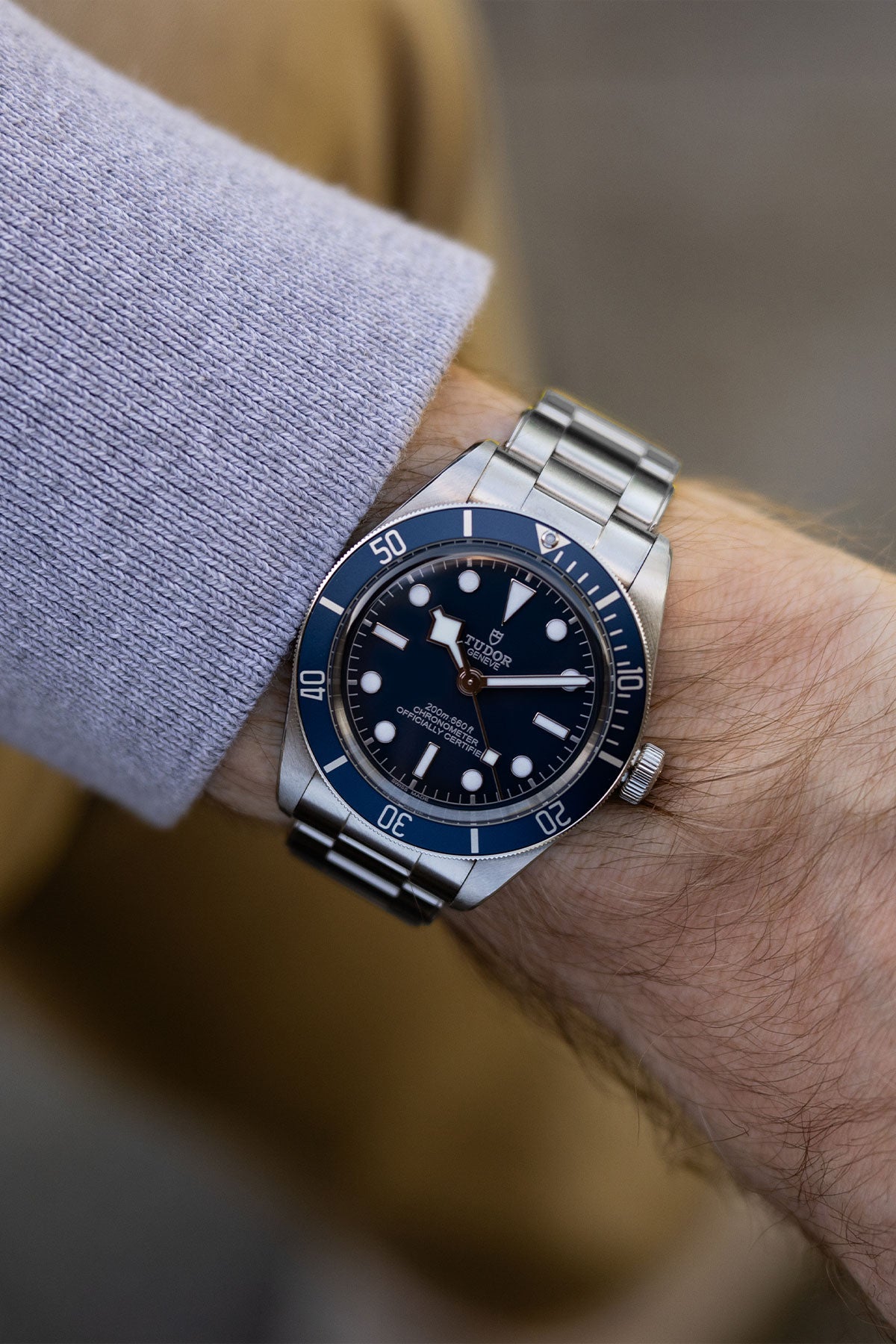Tudor vs Rolex: Why the Younger Sibling is No Longer in the Shadows

For decades, Tudor has lived in the shadow of Rolex. It has been seen as the more affordable alternative, often described as a stepping stone on the way to owning the real thing. But today, that view is starting to feel outdated. Tudor is no longer just Rolex’s little brother. It has become a brand with its own identity, its own following and a growing number of collectors who see it as something entirely different.
So what has changed? And why are more watch enthusiasts now turning to Tudor instead of chasing a Rolex?
Shared DNA, Different Approach
Tudor and Rolex share a founder, a design language and a commitment to quality. The connection is real and intentional. Tudor cases and bracelets have long reflected the same attention to detail as Rolex, and the two brands often look similar at first glance.
But while Rolex has become more refined and focused on luxury, Tudor has leaned into its tool-watch heritage. It offers rugged designs, practical features and a sense of purpose that many collectors feel Rolex has started to lose.
Tudor’s focus on function over flash has helped it build a reputation for offering some of the most honest watches in the industry.
Price vs Value
Rolex prices have risen sharply over the last decade. What was once a working professional’s watch is now often seen as a status symbol, and secondary market prices reflect that. The entry point for most Rolex models now sits well above £7,000, and the buying process often involves long waits or dealer relationships.
Tudor, by contrast, still offers access to high-quality Swiss watchmaking at more grounded prices. For under £4,000, you can buy a Tudor with an in-house movement, 200 metres of water resistance and design cues that reflect decades of heritage. There is no waiting list and no need to buy three other watches just to get a shot at the one you actually want.
The Return to In-House
A major turning point for Tudor was its move towards in-house movements. With the launch of the Black Bay and Pelagos lines, Tudor began building its own calibres that deliver excellent accuracy, reliability and power reserves. These movements are COSC-certified and built with long-term durability in mind.
This shift was more than technical. It signalled that Tudor was no longer just borrowing from Rolex. It was investing in its own future.
Design Confidence
In the past, Tudor often borrowed heavily from Rolex design templates. Today, it is developing its own aesthetic. Watches like the Black Bay Fifty-Eight, the Pelagos FXD and the Ranger are not copies of Rolex models. They are modern reinterpretations of Tudor’s own historical references.
Even when Tudor does look back, it does so with purpose. The Black Bay line is a tribute to vintage Tudor dive watches, not just a watered-down Submariner. The Black Bay Pro has echoes of the Explorer II, but it stands on its own with unique proportions and styling.
This confidence in design has given Tudor real credibility among collectors who want something with authenticity and edge.
The Cool Factor
There is something refreshing about a watch brand that does not try too hard. Tudor has become a favourite among those who want to wear their watches, not just display them. It is a brand for people who appreciate substance, not just hype.
That is not to say Tudor lacks prestige. It is backed by the same group that builds Rolex, with the same manufacturing standards and the same commitment to excellence. But it carries less baggage and attracts a different type of enthusiast.
Final Word
Rolex is still the king when it comes to name recognition and resale value. But Tudor has quietly become the more interesting brand for many collectors. It delivers quality, heritage and originality without the waiting lists, inflated prices or hype-driven market.
If Rolex today is about perfection and polish, Tudor is about character and honesty. And for those who value those things, Tudor is no longer a second choice. It is the first one.






